There's a world of different types of sugar out there - so what's the difference between all of them, and which are best for what?
When I first went to culinary school for pastry and baking years ago, it all seemed pretty straightforward - granulated sugar was for most all-purpose baking, brown sugar added more depth of molasses flavor to recipes, and powdered sugar was generally for American buttercream and any time a recipe needed a little 2-punch combo of sweetness and starch. While those three may very well be the most popular shining stars in the world of sugar, it goes much deeper - especially in this contemporary health-conscious world, there are more options now than ever. The list doesn't stop at the ones below, but these are the most common sugars you'll come across at the grocery store - so let's get into it!

Granulated Sugar. This is by far the most common variety of cane sugar out there, and the most mild in flavor as well. Most basic pastry and baking recipes call for granulated sugar - it has fine crystals that dissolve well into most batters and doughs, doesn't get in the way of other flavors, and importantly? It's cheap, and it's easy to find!
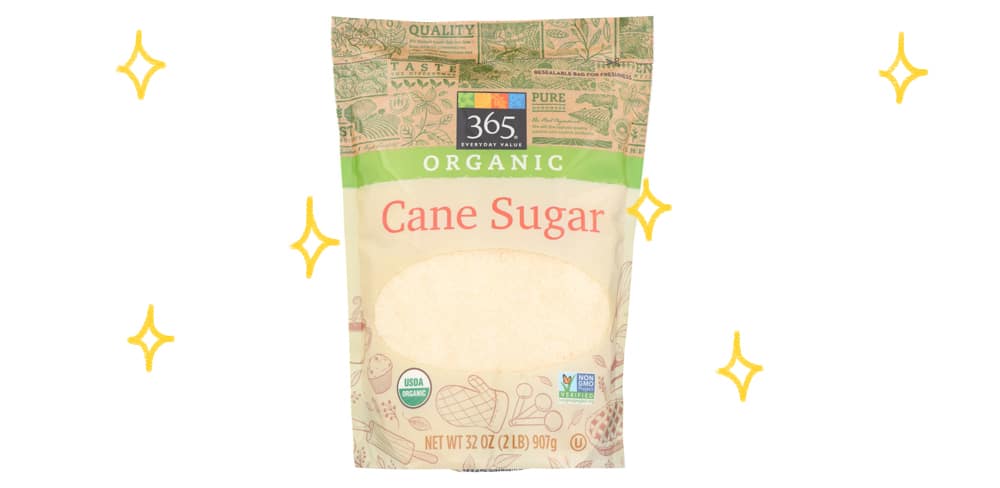
Cane sugar. So, this is where things can get a little bit confusing. If you head into a health food store, chances are you won't see the pink bag of granulated sugar hanging out in the baking aisle - because while it's the most generic sugar for baking, it's also the most processed. At a health food store, you'll often come across "cane sugar" - which you'll notice has a slightly darker hue, and usually the crystals will be a bit bigger, too. For the most part, you can use this type of sugar in any recipe that calls for "granulated sugar" - but use your judgement. Some applications could not work quite as well, like using it for a bread dough or a pie crust, when you need the sugar to be very fine and dissolve easily. If you're in a pinch and only have cane sugar on hand, you can throw some in the food processor and blitz it up until it has a more fine texture.
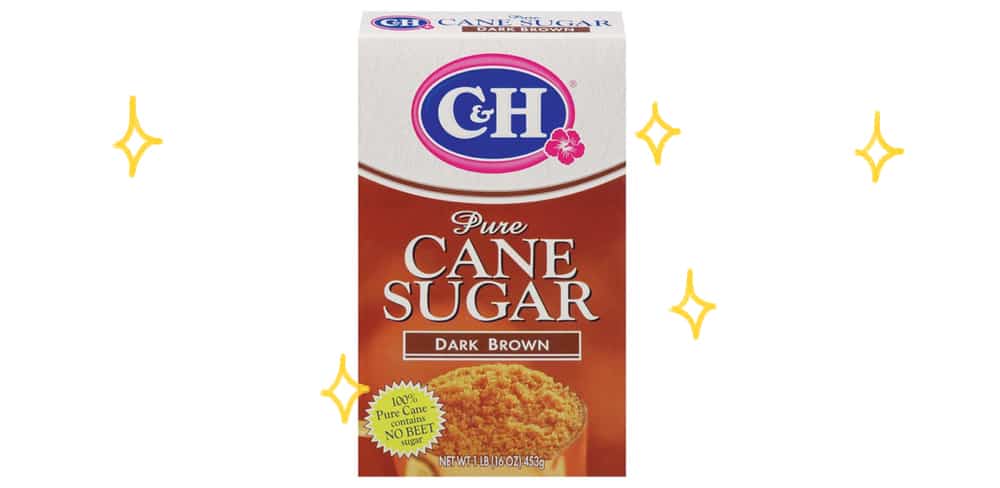
Brown sugar. Another classic! Brown sugar is essentially just regular sugar with molasses. "Unrefined" brown sugar means it still contains natural molasses, and "refined" brown sugar means that it has gone through a process of adding molasses back into it. A light brown sugar will have less of that strong molasses flavor than a dark brown sugar. It has a much higher moisture content than granulated or cane sugar, which is why you'll often see it clumping together when you've had it in the cupboard for awhile. Additionally, the higher content of water can add a lot of textural variety to desserts - it keeps them chewier and generally more moist. Because of that big difference in both flavor and texture, it's not interchangeable with white sugar - though both of them together work harmoniously in classic desserts like chocolate chip cookies!

Powdered sugar. Powdered sugar, also known as confectioner's sugar or often 10x in the restaurant world, is a super finely ground sugar that's literally the consistency of a powder. However, it's also supplemented by starches to keep it from caking together - and those starches actually prove to be very helpful in a multitude of uses. Particularly, in frosting and whipped cream, the starches in powdered sugar provide more structure and stiffer peaks so that they hold their shape better. If you absolutely need powdered sugar in a pinch but you only have granulated sugar, you can create a sort of substitute by putting sugar in the food processor until it's super fine, then adding some corn starch to the mix.
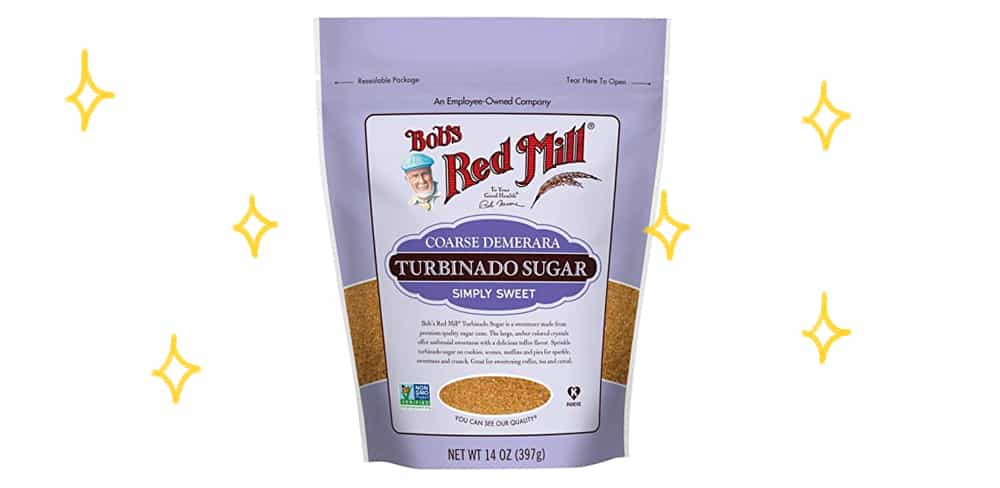
Turbinado sugar. This variety of cane sugar has large crystals, and it's a fabulous pantry item to have on hand for bakers! While the large crystals won't easily dissolve well into say, a cookie dough, it's lovely for topping off muffins, pastries and cookies to give a sort of crunchy sugar crust on top. Another plus is that turbinado sugar is minimally processed, and it comes from the very first pressing of the sugar cane plant, which results in it having a deeper flavor (if you think about it, Turbinado sugar is basically the extra virgin olive oil of sugar!)
While you can't easily use Turbinado sugar as a replacement for granulated sugar in baking, it's lovely to use in a lot of other food applications in everyday life! Sprinkle some on your oatmeal, on top of a foamy coffee, on top of some sweet ricotta toast, or even in a dry spice rub for some BBQ meat!
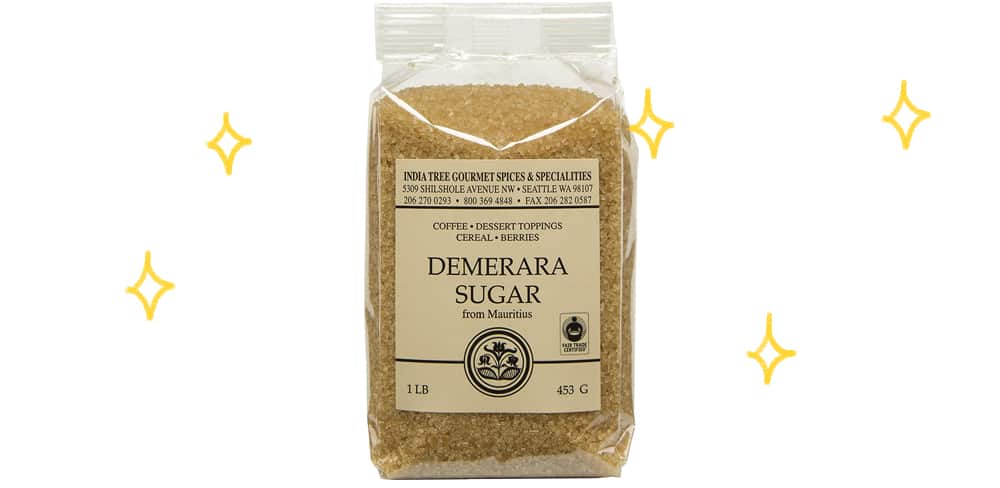
Demerara sugar. This sugar is actually very similar to Turbinado, in the sense that it's another "raw" cane sugar. One of the biggest differences is that demerara sugar has larger crystals, so it's sometimes an even better choice for topping pastries. You can use it in essentially all of the same applications are turbinado, and it does make a decent replacement for brown sugar - if you just so happen to have demerara on hand and not brown sugar, of course!
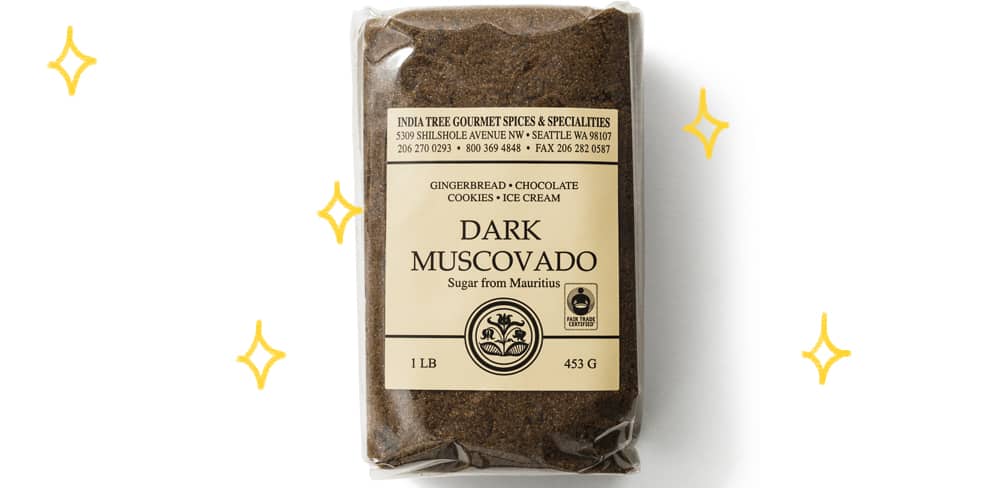
Muscovado sugar. Another unrefined cane sugar, this one is similar to demerara, but has a much deeper molasses flavor. You can use it in place of brown sugar in any recipe, but know that it will have a much richer flavor than average brown sugar! This is fabulous in recipes where you want a rich complex sweetness, like in gingerbread cookies, spice cakes, or even barbecue sauces.
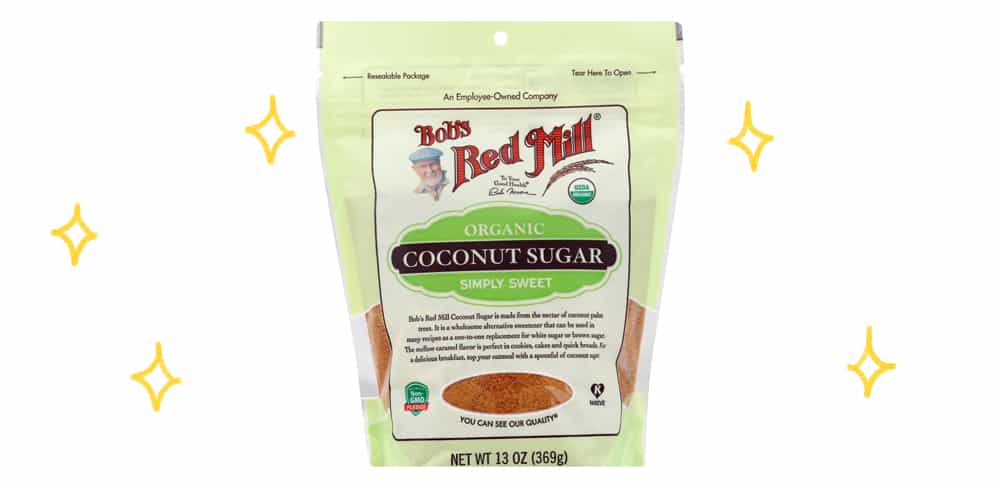
Coconut sugar. Coconut sugar has had a surge in popularity lately, especially in the realm of more health-conscious baking. We actually really love it over here at Giadzy, and use it quite often - especially in Giada's gluten-free and dairy-free banana bread. As the name suggests, coconut sugar is made from the sap of coconut palms, which is then dehydrated and processed into this dry sugar. It has a very mild flavor that's reminiscent of brown sugar, and we have found you can almost always use it in place of brown sugar in recipes - and usually, you can use it in place of white cane sugar as well.
The reason coconut sugar is seen as a healthier alternative is due to the amount of nutrients it still has, along with the glycemic index. While it's still sugar and has just as many calories as your average cane sugar, it retains quite a few nutrients from the coconut plant - namely iron, zinc, calcium and potassium. It's not enough to supplement your daily vitamins, but it's something! Additionally, it has a lower impact on blood glucose levels and doesn't spike insulin in the same way cane sugar does. We're here for it!















0 comments